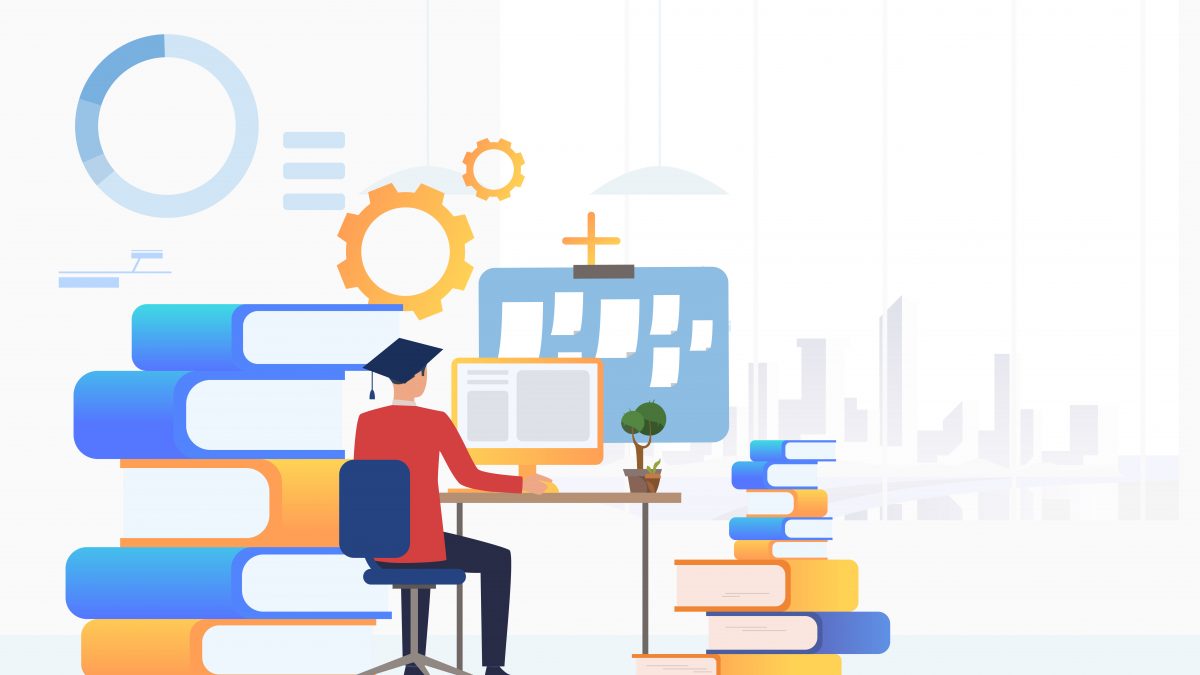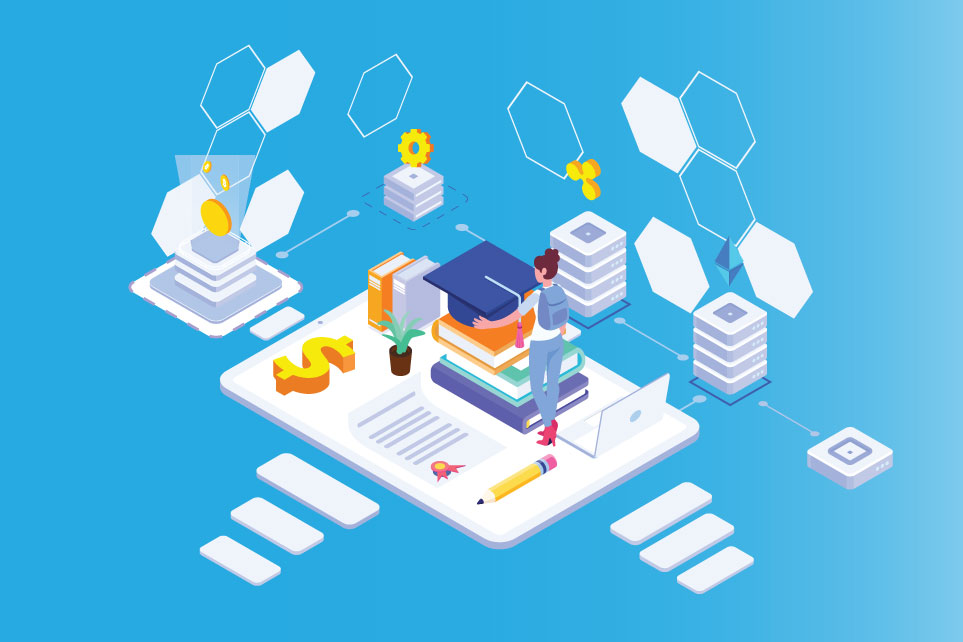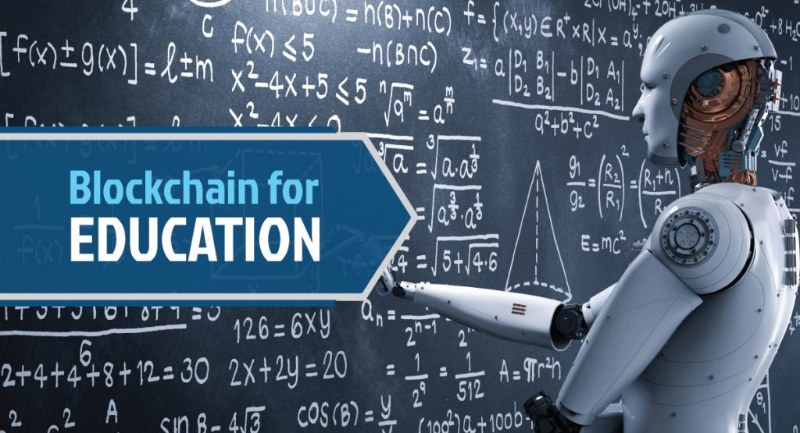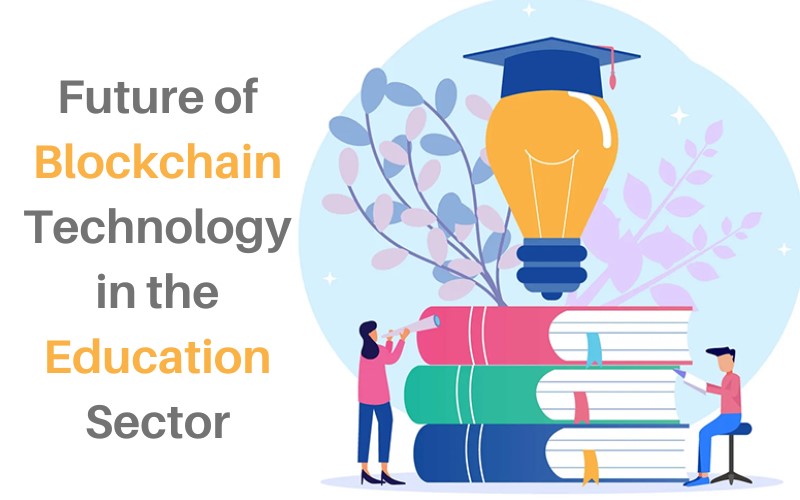Contents
Introduction
The education sector is vast, encompassing institutions, technology, and methods for learning and skill development. This includes schools, colleges, online platforms, and vocational centers. EdTech innovations have transformed education, allowing interactive remote learning. In a dynamic job market, lifelong learning is crucial. Educational policies, inclusivity, and access are significant considerations. Educators impart knowledge, assessments measure learning, research improves teaching, and higher education fosters innovation. In essence, education is the bedrock of personal, societal, and professional growth.

The education sector spans diverse institutions, from traditional schools to online platforms, promoting lifelong learning. It embraces tech-driven innovation, inclusivity, and global reach. Policies shape curricula and assessments, while educators empower critical thinking. Personalized learning and e-platforms cater to individual needs. Research fuels innovation, impacting job markets. Education fosters not just knowledge but character, skills, and societal progress.
Challenges Faced by the Education Industry
The education industry grapples with several challenges that impact its effectiveness and accessibility:
Digital Divide: Disparities in technology access and internet connectivity hinder equal access to online learning platforms, particularly in underserved areas.
Inequitable Access: Socioeconomic disparities affect students' access to quality education, resources, and extracurricular activities.
Teacher Shortages: Shortages of qualified teachers impact class sizes, personalized attention, and overall quality of education.
Quality Assurance: Ensuring consistent and high-quality education across diverse institutions and regions poses a challenge.
Funding Constraints: Budget limitations affect educational resources, facilities, and teacher salaries, impacting the overall learning experience.

Curriculum Relevance: Adapting curricula to meet changing job market demands and skills needed in the digital age can be complex.
Standardized Testing: Overemphasis on standardized testing may limit teachers' ability to provide holistic learning experiences.
Teacher Training: Providing continuous professional development for teachers to adopt innovative teaching methods and technologies is essential.
Inclusive Education: Ensuring education is accessible for students with disabilities and special needs requires tailored support and resources.
Student Mental Health: Addressing student well-being and mental health is crucial for creating conducive learning environments.
Global Education Disparities: Disparities in access to education between developed and developing regions hinder global progress.
Changing Pedagogies: Integrating technology and innovative teaching methods requires adapting traditional pedagogies.
Dropout Rates: Factors like lack of engagement, socioeconomic challenges, and inadequate support systems contribute to high dropout rates.
Teacher Burnout: High workloads, administrative tasks, and emotional demands can lead to teacher burnout and attrition.
Policy and Regulation: Navigating complex educational policies, regulations, and changing educational standards poses challenges for institutions.

Language Barriers: For non-native English speakers, language barriers can impede effective learning and participation.
Parental Engagement: Fostering parental involvement in education and maintaining effective communication can be challenging.
Adapting to Technological Changes: Integrating technology effectively into education requires training, infrastructure, and content development.
Cultural Sensitivity: Balancing curriculum content to respect diverse cultural perspectives can be challenging in a globalized world.
Disruptive Technologies: Keeping up with emerging technologies like AI, VR, and blockchain for educational enhancement requires investment and adaptation.
Addressing these challenges requires collaboration among educators, policymakers, communities, and technological innovators to create inclusive, effective, and forward-looking education systems.

Impact of Blockchain Technology on Education Industry
Cryptocurrencies have already brought about changes in the economic landscape through the application of blockchain technology. Implementing blockchain within the education system has the potential to optimize resource utilization and enhance the efficiency of educational institutions. This innovation will simplify the recruitment process, bolster data security, build trust, and grant students continuous control over their academic records by streamlining record-keeping and sharing mechanisms.
Here are some key roles that Blockchain Technology can play in Education Sector:
- Credential Verification and Fraud Prevention: Blockchain can be used to securely store and verify educational credentials such as degrees, certificates, and diplomas. This can help prevent credential fraud, where individuals falsify their qualifications. Educational institutions can issue digital credentials on a blockchain, and employers or other educational institutions can easily verify the authenticity of these credentials without relying on intermediaries. Tokenize by Chainize provides an easy to deploy solution.
- Lifelong Learning Records: With blockchain, individuals can maintain a lifelong learning record that includes all their educational achievements, workshops, online courses, and more. This comprehensive record can provide a more accurate representation of a person's skills and knowledge, helping them stand out in the job market and career development.
- Secure Data Storage: Educational institutions handle a large amount of sensitive student data. Blockchain can enhance the security and privacy of this data by implementing strong encryption and access control mechanisms. Students can have more control over who can access their personal information, improving data protection.

- Microcredentialing and Badges: Blockchain can facilitate the issuance and verification of microcredentials and digital badges. These smaller units of learning can represent specific skills or achievements and can be easily shared and verified across platforms and institutions. This promotes continuous learning and recognition of specialized skills.
- Transparent and Tamper-Proof Record Keeping: Educational institutions can use blockchain to maintain transparent and tamper-proof records of various processes, such as enrollment, course offerings, grading, and academic achievements. This can help reduce disputes and provide an accurate historical record.
- Smart Contracts for Administrative Processes: Smart contracts are self-executing contracts with the terms of the agreement directly written into code. Educational institutions can use smart contracts for various administrative processes, such as student enrollment, tuition payment, and academic progress tracking. This automation can reduce bureaucracy and human error.
- Global Accessibility: Blockchain can facilitate the creation of decentralized education platforms that allow students from around the world to access educational content and interact with instructors directly. This can open up educational opportunities to individuals who might not have access to traditional educational institutions.
- Efficient Transcript Sharing: Transferring academic records between educational institutions can be time-consuming and cumbersome. Blockchain can streamline this process by providing a secure and efficient way to share transcripts and other academic documents between institutions.
- Copyright and Intellectual Property Protection: Blockchain can be used to establish and track ownership of educational content, research, and intellectual property. This can help educators and institutions protect their work and ensure proper attribution and compensation.
Within the education sector, the opportunities outlined above might just scratch the surface of the transformative effect that blockchain is poised to have on the future of education. The potential applications of blockchain in education hold great promise.

Also, it's important to note that implementing these solutions requires collaboration among educational institutions, governments, technology providers, and other stakeholders. Additionally, addressing technical challenges, ensuring data privacy, and adapting to regulatory frameworks are critical aspects of successful blockchain adoption in education.
Conclusion
Blockchain possesses significant potential, yet largely untapped, to transform the educational landscape, establishing novel and more accessible avenues for learning while disrupting the prevailing dynamics between educational institutions and students. The forthcoming generations stand to reap substantial advantages from the incorporation of blockchain technology within the education sector.
For more information and other Enterprise use cases, contact Chainize.


